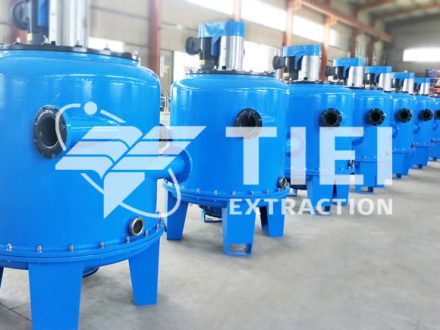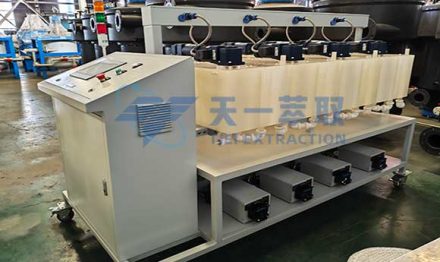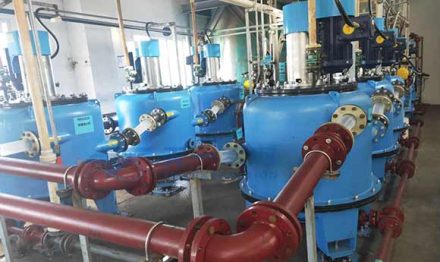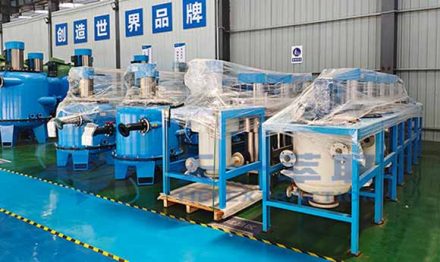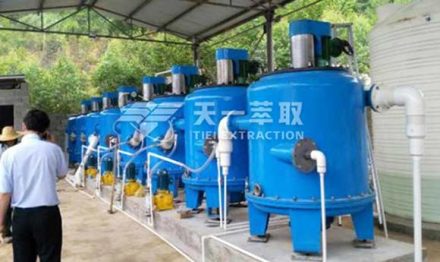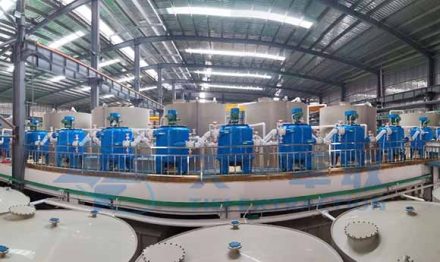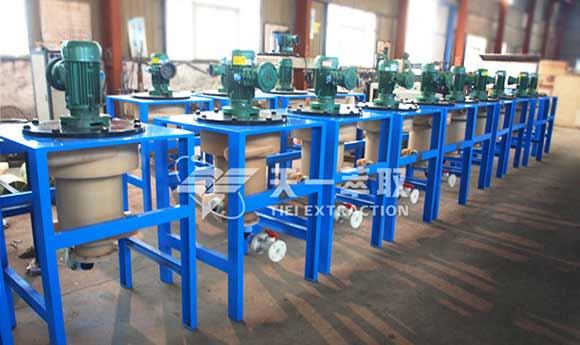
Ores contain large amounts of metallic elements, and how to extract these metals using hydrometallurgical processes with the centrifugal extractor is a key concern for many enterprises. Among them, indium is a rare and dispersed metal that is often associated with lead and zinc minerals. The extraction of indium using traditional refining methods is relatively complex and difficult, and the current reserves of indium are very limited. Therefore, developing new extraction and production processes for indium is crucial to the growth of the indium market.
Currently, the extraction methods for indium include traditional techniques such as precipitation, displacement, and liquid membrane methods, as well as the newer solvent extraction method. Traditional extraction methods are characterized by complex procedures, high costs, and low extraction efficiency. Extensive experimental data have shown that the solvent extraction method is a relatively effective hydrometallurgical process for extracting metal elements, featuring simple and convenient operation, low cost, and high extraction efficiency.
Centrifugal extraction equipment is commonly used in solvent extraction processes. The CWL-M series Centrifugal Extractor developed and manufactured by Zhengzhou Tiei Extraction is applied in the field of hydrometallurgy and has shown remarkable performance in extracting indium from indium-bearing leach solutions. Centrifugal extractor is classified into laboratory extraction equipment and industrial extraction equipment. Laboratory extraction equipment uses a small amount of feed solution to simulate industrial operations. By selecting an appropriate extractant and injecting the feed solution and extractant into the laboratory centrifugal extractor at a specific ratio, mixing and separation are achieved through centrifugal force. The extraction performance is then analyzed based on the experimental data.
In industrial production, continuous extraction equipment are typically used, employing multistage continuous extraction. The feed solution and extractant enter the mixing zone—formed between the rotor and the housing—through two separate inlets at a specified ratio. Driven by the rotation of the drum, the turbine disc and impeller rapidly mix and disperse the two phases, allowing thorough mass transfer between them and completing the mixing–mass transfer process. The resulting mixed solution then enters the drum under the action of the vortex disc, where rapid separation occurs due to the centrifugal force generated by the drum. Finally, the two-phase liquids flow through their respective weirs into collection chambers and are discharged separately through outlet pipes, completing the two-phase separation process. During the initial customer consultation, small-scale laboratory tests can be conducted first. Once the experimental results meet the customer’s requirements, the appropriate industrial extraction equipment can then be selected for large-scale production.
The application of centrifugal extractor in the field of hydrometallurgy has become very widespread. They are commonly used for the extraction of metal elements such as nickel, cobalt, copper, zinc, lithium, and vanadium. However, specific equipment selection and process design require detailed communication with technical specialists to develop an appropriate process plan. For more information, please contact our Tiei Extraction.
Email: sales@tieiextraction.com
Whatsapp: +86 19069612820

